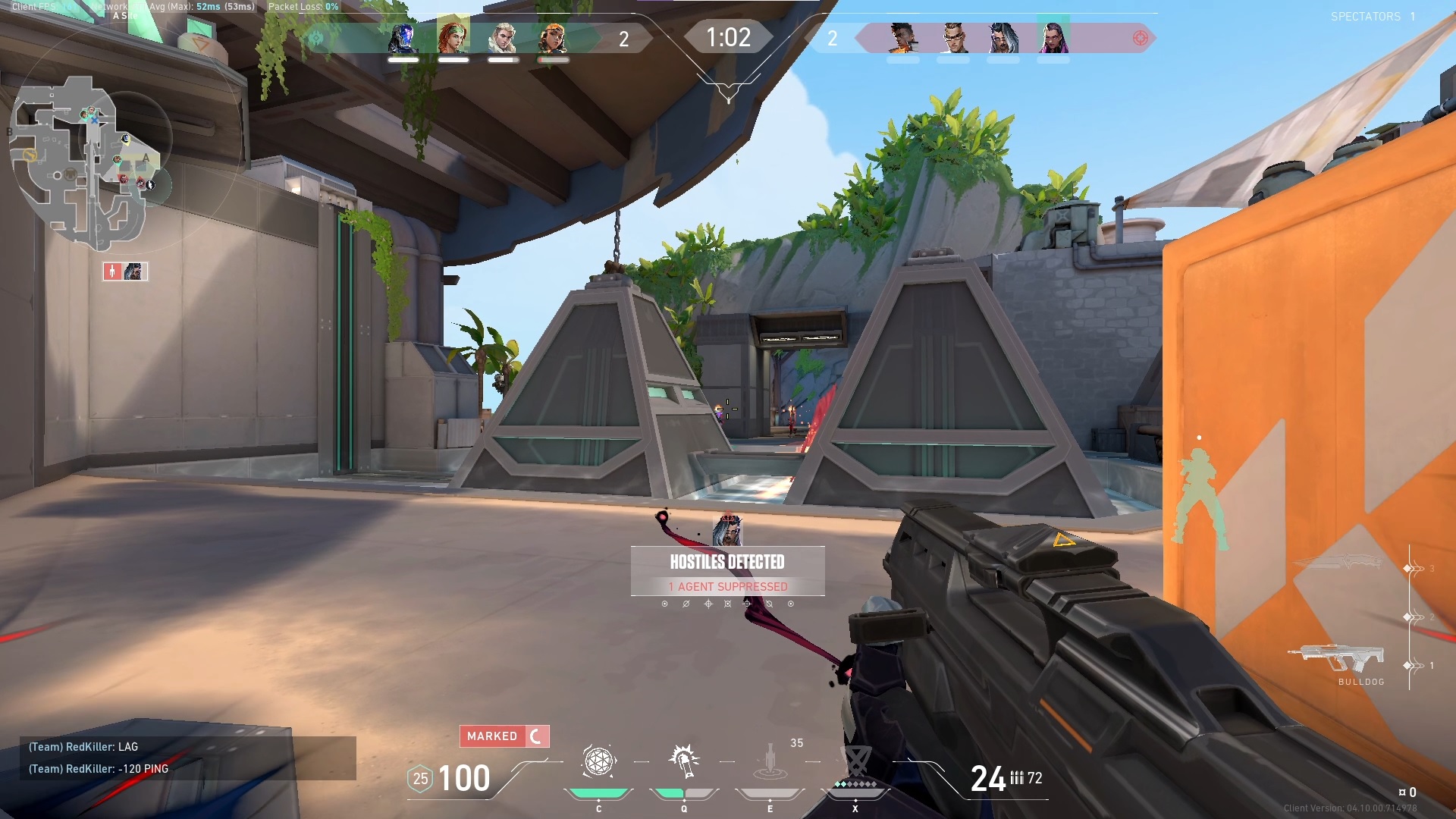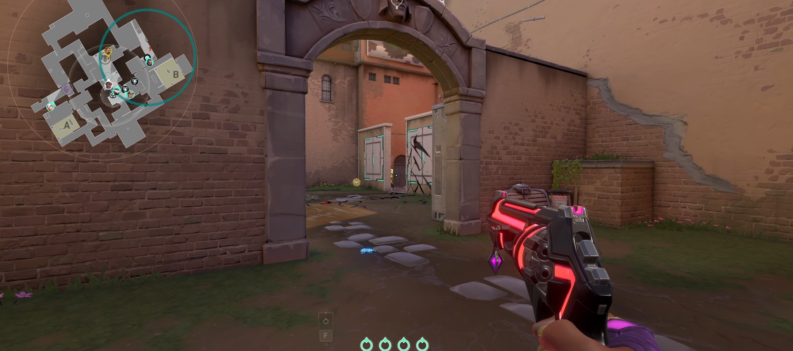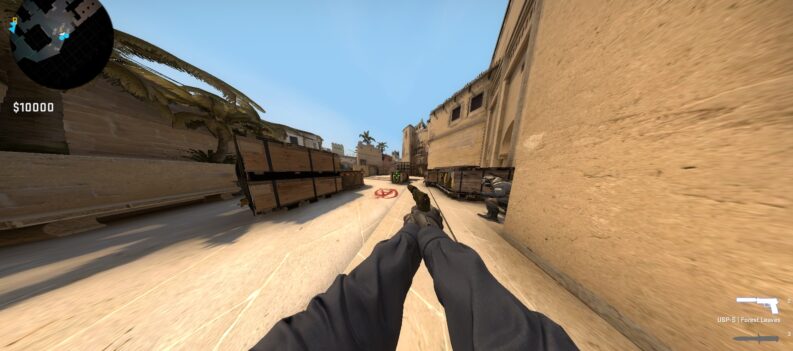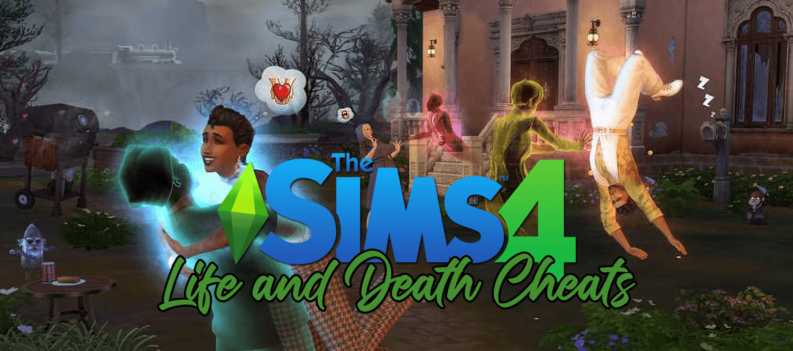When used correctly, Initiator agents can open up a world of possibilities for their team in Valorant.

The Duelist is arguably the most popular Agent Role right now in VALORANT. This should not be surprising, as many VALORANT players come from other tactical shooting games such as CS: GO, where players are used to just fragging out competitive matches.
Nevertheless, no matter how cracked or insane a Duelist player is, they will struggle against a less skilled but well-coordinated team. Unless your team has a competitive Initiator who can initiate site entry, reveal enemy locations, and clear corners and cubbies for his team, attacking and defending will be difficult in VALORANT.
This guide will teach you how to play Initiators in VALORANT so you can make and take space more effectively for your team.
How to Play The Initiator Role in VALORANT
There are currently five Initiator Agents in VALORANT. However, even if these five Agents fall under the same category (Initiator), their roles in-game will differ because of how their Abilities are set up.
The Initiator role is nuanced and requires understanding how each of the five Initiators should be played to extract their full potential.
We have outlined the ins and outs of every Initiator Agent in VALORANT below to get a good idea of how each Agent will fit into your team’s composition.
Breach

Thanks to his AoE-based skill set. Breach can clear many open spaces and cubbies around bomb sites. Unfortunately, Breach’s abilities are a double-edged sword that, when used without caution, can also harm his teammates.
As much as it might seem like a good idea to play him passively (let teammates push while Breach hangs back and throws flashes), the risk of putting his teammates in harm’s way is not worth it. Breach is best played as an aggressive Initiator who tries to make something happen early in the round.
So, if you are playing Breach, it is best to use your abilities aggressively and play more like an entry fragger. This will eliminate the risk of affecting your teammates with your abilities.
Remember to call out your abilities to your teammates so they do not get stunned or flashed by Fault Line, Flashpoint, or Rolling Thunder.
Sova

Sova relies on his Recon Arrows and Owl Drone to gather information around the map. Both of these abilities take time to reach their target destination, meaning they work best when you have a teammate in position who can immediately take advantage of the information these abilities provide.
This makes Sova more of a support Initiator who plays to reveal enemy locations for his team. Sova players will want to survive for as long as possible to use their Recon Bolt multiple times.
Skye

Skye was one of the first hybrid Agents who fit into the Initiator/Duelist/Sentinel role if the situation calls for it. For the most part, however, Skye’s abilities work best when played with her team’s Duelist.
Skye’s Trailblazer and Guiding Light work the best when her teammates can take advantage of these abilities’ flash and stun. As such, Skye can be used to lead site entry. That way, her Duelist can follow up and clean up enemies who are either flashed or stunned by Skye’s abilities.
However, when necessary, Skye can also use her Trailblazer or Guiding Light abilities to clear out safely and scout for enemy players in other parts of the map.
KAY/O

KAY/O has the best single-flash ability in the game. Period. And CSGO fans will gush because his flashes behave very similarly to how the grenades in CSGO are thrown.
Unlike Breach and Sova, Skye and KAY/O’s abilities still work well, even without the help of their teammates.
Related: Valorant: How To Make Dot Crosshair
KAY/O is particularly good at swinging and clearing corners upon site entry, thanks to his CSGO-Esque flash ability. His mollies are no slouch either, as the generously sized area it cover can be used to clear out common camping spots around bomb sites.
Depending on what KAY/O’s team currently requires from him, he can play a more supportive or aggressive entry-level role equally well for his team.
Fade

Like Sova, Fade’s Abilities are focused on passively gathering information for her team rather than trying to make and take space around bomb sites.
Her Haunt Ability works similarly to Sova’s Recon Bolt, revealing much space around bomb sites. However, only Fade’s teammates can take advantage of Haunt. This is because Fade has to hang back somewhere to throw lineups to maximize Haunt’s coverage.
In addition, Fade’s Prowler and Seize abilities work best when Fade knows where the enemies are. Rushing in and playing an entry-fragger role works against her skill set’s mechanics.
Fade is best played like how you would play Sova – stay back, gather information, and follow up with your other abilities when you have a good idea of where the enemies are and let your teammates reap the rewards.
Initiate For Your Team
Unlike other roles in VALORANT, an Initiator’s role is not set in stone. Depending on which Initiator you are currently using, and your team’s composition, an Initiator can play to initiate site entry or support their teammates with their abilities.
Either way, Initiator Agents are a must-have in any team composition. These Agents can make site entry and information gathering safer for their team.
















